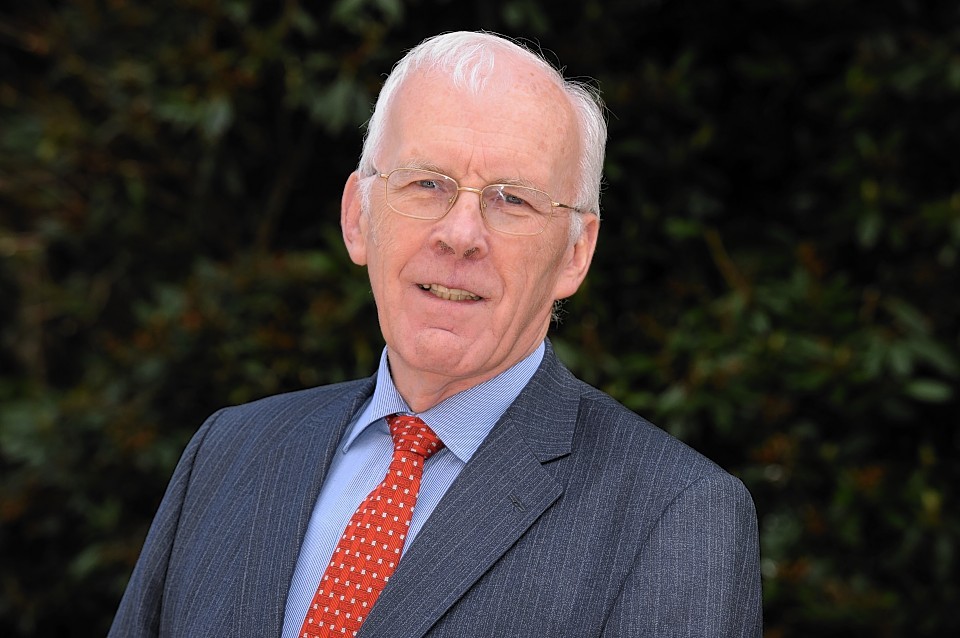Business leaders have claimed there needs to be a “fundamental” shift in the way young people are brought into the world of work in Scotland.
The comments come after Sir Ian Wood published a major piece of work aiming to drive down youth unemployment by 40% by 2020.
Around one in five young people in Scotland aged between 16 and 24 currently have no job, education or training opportunities.
The rate is one of the worst in Europe.
Sir Ian, who chaired the Commission for Developing Scotland’s Young Workforce, has spent the last 18 months looking at how vocational education can be improved.
The retired chairman of the oil and gas giant Wood Group said secondary school pupils should be afforded industry-related courses alongside academic studies.
And schools must work closely with colleges on opening up vocational opportunities, he said.
The commission has also called for a “21st Century approach” to high-quality work experience.
Urgent action is also needed to get employers recruiting young people, the report added.
The commission’s recommendations have been widely welcomed.
Liz Cameron, chief executive of Scottish Chambers of Commerce, said: “Scotland’s education system, at school, college and university, must change in order to allow for formal, structured careers guidance, delivered in conjunction with real local businesses to provide our young people with all the information they need to make the right choices for their future careers.
“That means that businesses must step up to the plate and that the public sector must embrace true partnership working that delivers directly both for young people and for the future needs of business and our economy.
“Things must change fundamentally – more of the same is simply not an option.”
Youth Employment Secretary Angela Constance said the report would be considered by the government in due course.
It is not yet clear how the findings will feed into government policy, however.
Ms Constance said: “In times of economic difficulty, it is young women and men that are the first to feel the effects in the jobs market and the last to get the benefit when things start to pick up.
“As part of our economic recovery, the Scottish Government is committed to a sustained reduction in youth unemployment.”
